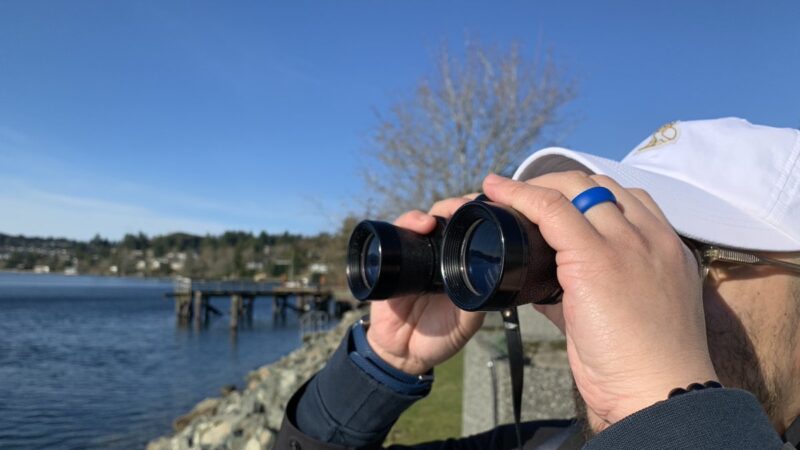Blue Revolution charts the future of seafood in Canada
Seafood farmers and wild fishers unveil blueprint to double Canada’s seafood production, consumption and economic benefits
By SeaWestNews
From coast-to-coast fish farmers and wild fishers have developed a vision document to drive Canada’s Blue Revolution with the aim of doubling the value of the nation’s seafood production, consumption and economic benefits over the next 20 years.
The central objective of Canada’s Blue Economy Strategy 2040, is to position Canada to be among the top three best sustainable fish and seafood producers in the world.
The joint vision/action plan, unveiled yesterday, was developed by the Fisheries Council of Canada (FCC) – the voice of Canada’s wild capture fish and seafood industry and the Canadian Aquaculture Industry Alliance (CAIA), whose members employ over 25,000 Canadians in the seafood farming sector.
“Canada is a water nation. With the longest coastline and among the most freshwater capacity in the world, communities and families across the country have built their lives and futures on capturing value from our precious waters,” said Paul Lansbergen, FCC President.
“We are ready to work with the federal government to strengthen sustainable economic growth from these waters.”
Tim Kennedy, President & CEO of CAIA said the moment has come for Canada to seize the global seafood podium.
“Canada needs to regain pride in its seafood sector, and in doing so stimulate coastal community development and job creation, sustainable food production, and Indigenous reconciliation,” said Kennedy.
“Our country needs improved economic opportunities as we begin to build back better from COVID-19, and we believe our industry can lead the way with a blue recovery.”
Canada has steadily fallen in global rankings for seafood production volume and exports from being number one 25 years ago to now being ranked eighth in the world.
The report pointed out that while Norway produces close to four times the seafood value of Canada, Canada has almost four times as much viable marine capacity (not including the Arctic and inland waters) and significant additional freshwater assets.
Both the wild and farmed fisheries organisations said this is because Canada has no integrated vision or strategy to capture its seafood potential, which has hurt coastal community development, job creation, sustainable food production and indigenous reconciliation.
“Other nations, including the UK, Australia, New Zealand and Norway have all developed multi-year plans to sustainably develop their seafood opportunity, grow jobs and develop their leadership. These integrated plans and actions have resulted in positive change and realization of greater value.
“This Blue Economy Strategy is the opportunity for Canada, and it needs to be embraced by all political parties and communities who want to realize a renaissance of coastal communities and an innovative, sustainable food future.”
Canada’s Blue Economy Strategy 2040 has six required actions:
- Identify a federal department to drive the economic development of the seafood sector and build departmental economic capacity
- Like other nations, develop a specific organization within a department with the explicit mandate to sustainably grow the seafood sectors, e.g. the Canadian Seafood Development Council;
- Develop 5-year action plans, with mandatory reviews/reporting, for the seafood sector; these plans would set growth targets, identify legal and regulatory blockages, and support public education and promotion to sustainably grow the sector;
- By 2025, through marine-based planning, ensure seafood harvesting/development areas are finalized/clarified;
- Expedite the development of a Federal Aquaculture Act; and
- Timely completion of the new regulations under the amended Fisheries Act.
“Canada has a proud seafood history. However, we have faltered and lost focus and confidence. We believe that the new path outlined in this proposal can help enable the industry towards innovation and development and support Canadian entrepreneurs to “seize the podium” to produce the best, most sustainable seafood in the world,” the report concludes.
(Image courtesy of DFO)

